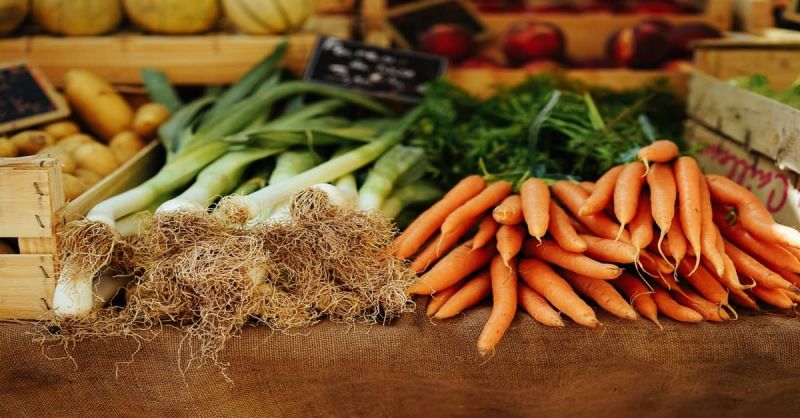Dynamic changes in the 2b food market
Food is the category with the fastest growth expectation in terms of online sales. Dutch experts believe that between 2018 and 2023, consumers in the Netherlands will increase their online purchases of food and beverages more than threefold: from 4% now to 13% in five years (GfK - ShoppingTomorrow Consumer research 2018). In business-to-business (B2B), this development is already way ahead. Experts estimate that at least 80% of purchases by Dutch buyers are made online. The expert group 2B Food Delivery of research platform ShoppingTomorrow has focused in the past year on a futureproof model for ordering and delivering food and beverages to professional users.

In the United States, the lion’s share of groceries is still done in the traditional, physical supermarket. However, this will change in the coming decades according to experts from the sector. More and more technically skilled retailers are offering options for delivering groceries to consumers in the United States. Just as the milkman used to do, retailers bring the food to the front door. In 2017, the e-retail food and beverage segment saw profits grow by 18%, a promising figure for the future of e-grocery retail. In total, online groceries generated around 17.5 billion dollars in 2018, and experts expect this to rise to 30 billion dollars by 2021 (Statista, US Consumers Online Grocery Shopping 2018).
After doing research, the expert group has indicated that delivery flows generally need to be better attuned to the wishes of customers and the environment, and above all, that they need to improve their efficiency. Several changes in the market will make this possible, such as the emergence of start-ups and logistics service providers who have an increasingly better food network.
A new logistics delivery model
Customer needs, regulations and technological developments are bringing about a new logistics delivery model. They also see developments and new needs with regard to commerce and communication between supplier, wholesaler and buyer. Having one single ordering environment for all suppliers would, for example, offer more overview and speed in the ordering process. The need for suppliers and buyers to communicate directly and in one place is creating new platforms: ordering systems, B2B market places and communication & inspiration platforms.
In addition to the developments desribed above, the ordering process see further changes in the next few years. Among other things, the rise of voice and automatic ordering is sure to influence the purchasing process and the way in which the 2b-food sector is developing.
The B2B market in general lacks relevant data and insights from operators and consumers. Manufacturers within the food market usually only have insight into sales to wholesalers and key accounts. Information about the purchase by restaurant industry and catering companies at wholesalers remains a mystery. Not having this kind of data makes predictions about sales and capacity difficult, which in turn affects the entire chain.
Lack of relevant data
The B2B market in general lacks relevant data and insights from operators and consumers. Manufacturers within the food market usually only have insight into sales to wholesalers and key accounts. Information about the purchase by restaurant industry and catering companies at wholesalers remains a mystery. Not having this kind of data makes predictions about sales and capacity difficult, which in turn affects the entire chain.
In order to work more efficiently and better meet customer demands, we can see new business models emerging. Driven by a growing need for insight and data throughout the entire chain, they also address the wish to detach commerce from logistics. The latter is driving both new logistics and commercial models. The increase in ordering systems, market places and inspiration platforms are all the result of this.
The expert group, led by GROUP7 and PostNL, concludes that there are opportunities for both established and new players in the changed 2b food market. In this dynamic, the middlemen (wholesalers) in particular must pay attention that they retain their value. Want to know more?